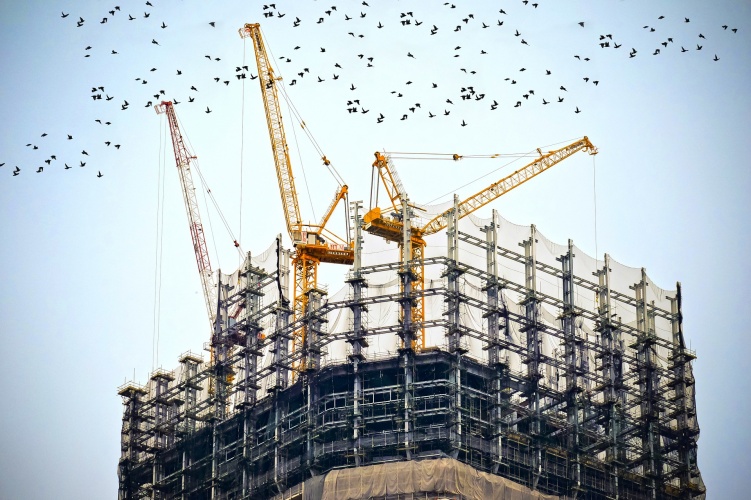 The engineering and construction industries face unchartered waters as they begin to create the new normal of site work, says Henry Clinton-Davis, a partner at law firm Arnold & Porter.
The engineering and construction industries face unchartered waters as they begin to create the new normal of site work, says Henry Clinton-Davis, a partner at law firm Arnold & Porter.
Last week in Prime Minister’s questions, the leader of the opposition raised a question from the partner of a construction industry worker who had been asked to return to work, but was unable to do so because they had no childcare. Boris Johnson’s response, that employers must be understanding, highlighted the fact that the engineering and construction industries face unchartered waters as they begin to create the new normal of site work.
MORE ON THE ENGINEERING RESPONSE TO COVID-19
How do you deal with an employee who refuses or is unable to return to work, because they’re looking after a vulnerable person, because they’re unable to get childcare or simply because they’re too scared of Covid-19? And how do you make sure that sites, laboratories and manufacturing plants are truly safe for both employees and contract workers and that whistleblowers don’t quickly emerge claiming they’re at risk?
Government guidance has highlighted many key issues including staggered shifts, equipment rotation and side working. However some of it raises alarm bells, particularly the advice not to encourage the precautionary use of extra PPE even if responding to a suspected case of Covid-19. Adding to the confusion is the fact that some, particularly US-based companies are going much further than the guidance in implementing temperature testing for workers.
In this insecure environment it’s crucial for management to take a step back and undertake a comprehensive risk assessment. That can be easier said than done when there are a raft of issues to be addressed every day without much time to prioritise. However, risk assessment is vital not only to keep everybody safe, but because a clear identification of the particular risks in your company and a plan to deal with them will enable to you to get buy-in from workers and help them feel comfortable returning to work.
When dealing with fearful workers, good communication is the key. Workers should meet with managers to discuss their fears, help them re-adjust to coming back to work and be made aware of the availability of any assistance programs. If an employee is within the extremely vulnerable or clinically vulnerable categories, they should not be asked to return to work.

The position where an employee is caring for someone who is vulnerable is less clear cut. Working from home is often not an option is this industry. If you have introduced prudent health and safety measures and complied with government and Public Health England guidance, you are probably within your rights in requiring such employees to show up for work. There are, however, alternatives. They include the furlough scheme, granting four weeks’ unpaid parental leave, granting unpaid dependants leave (though this will probably only cover the time needed to make alternative care arrangements), or the employee taking some annual leave.
If an employee is genuinely too scared to attend work, you will need to evaluate whether they are suffering from any kind of mental condition that might render them a disabled worker. If that turns out to be the case, you’ll need to consider reasonable adjustments such as assistance with travel to work to avoid public transport. In other cases, you can probably insist on the employee coming to work (again, if you have suitable health and safety measures in place) unless some of the alternatives set out above are feasible. If the employee refuses then simply stopping pay is probably an option, but one of last resort, as the employee has demonstrated that they not willing to carry out their duties.
Temperature testing at entrances to site and places of work, while not required under current guidance, can provide a useful level of reassurance to employees that they’re not being asked to work alongside colleagues who may be displaying COVID symptoms. Asking everyone, including visitors, to answer a health questionnaire before coming on a site is also helpful. While you can’t force people to have their temperature taken or to answer health questions, you can make this a condition of entering a particular place of work. But be aware that you will end up capturing and processing people’s health data. If you wish to temperature test, you will need appropriate privacy notices in place at the point of entry, and a data privacy impact assessment should be carried out as part of your company’s risk assessment.
Henry Clinton-Davis is a partner at law firm Arnold & Porter





Labour pledge to tackle four key barriers in UK energy transition
I'm all for clarity and would welcome anyone who can enlighten me about what Labour's plans are for the size and scale of this Great British Energy....